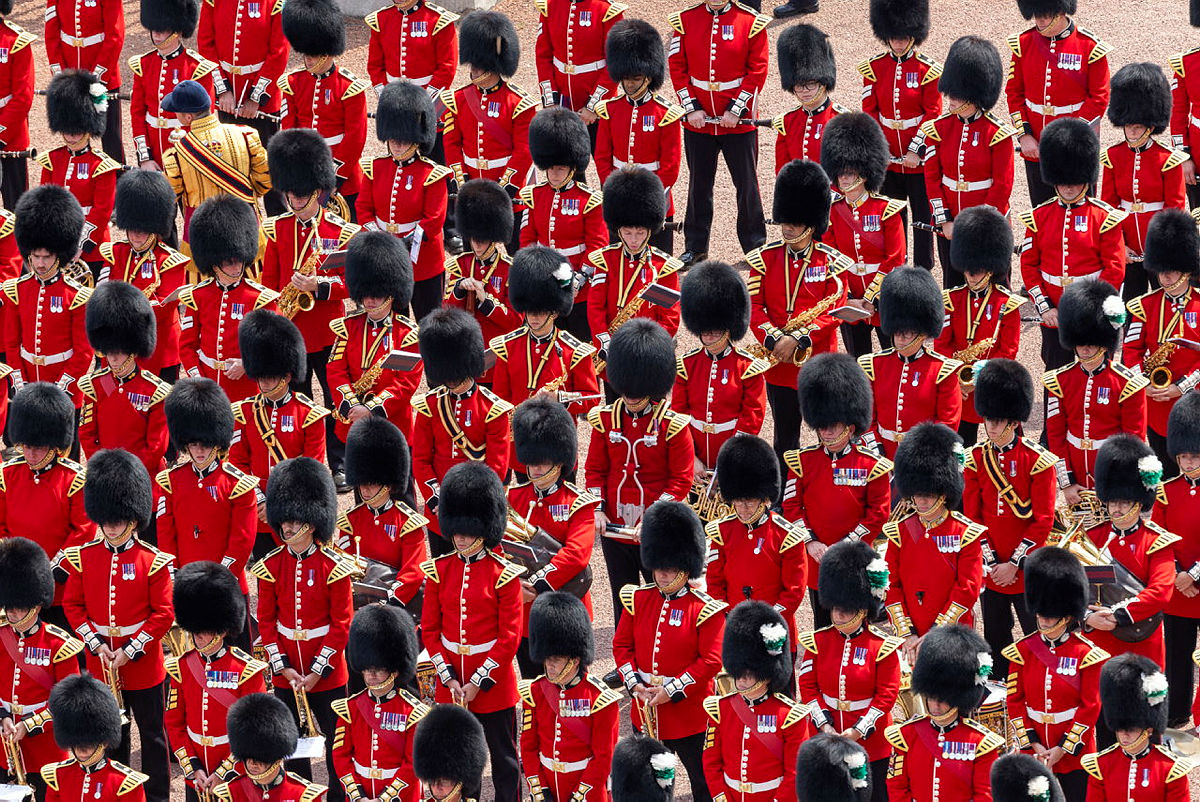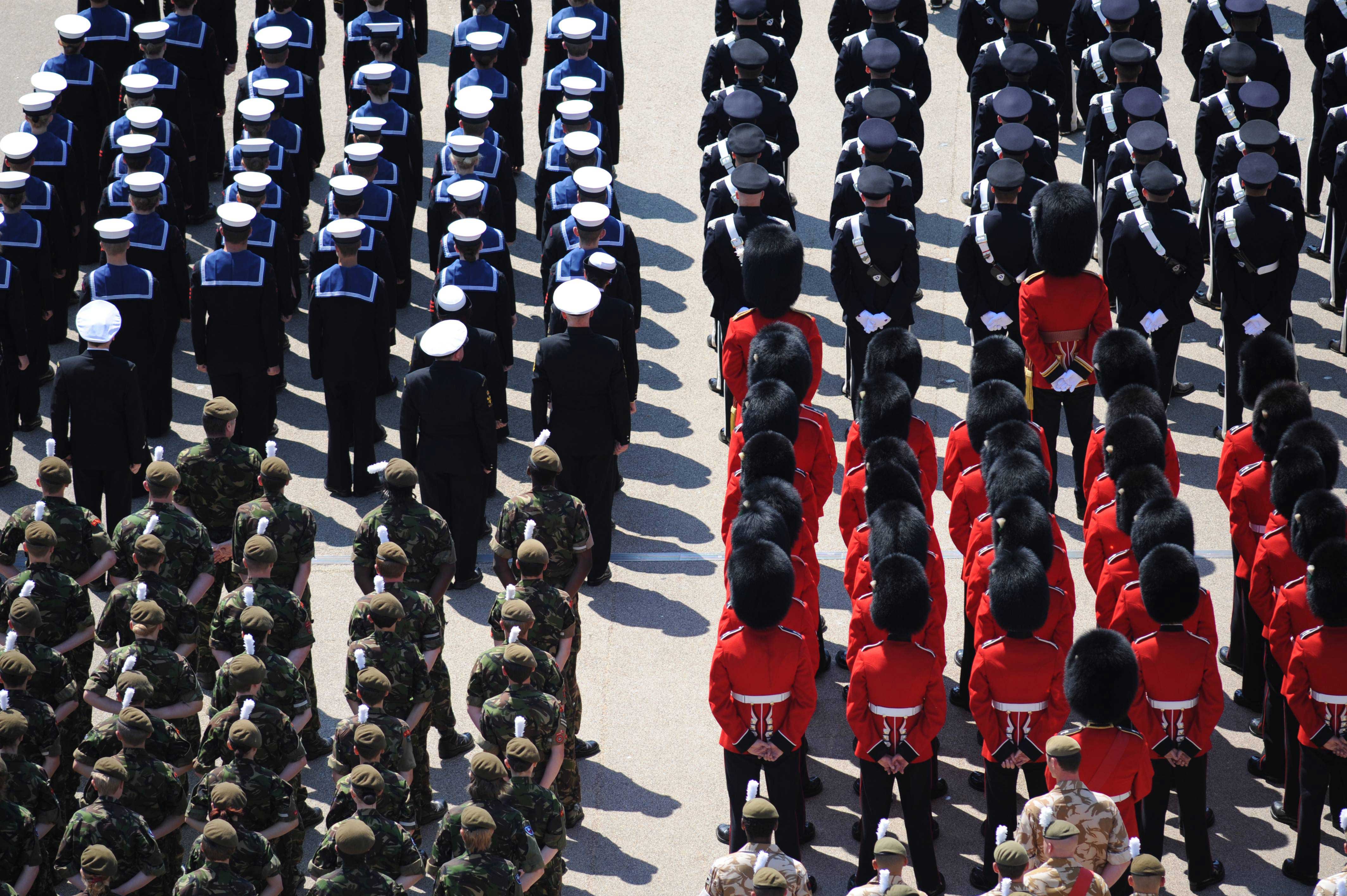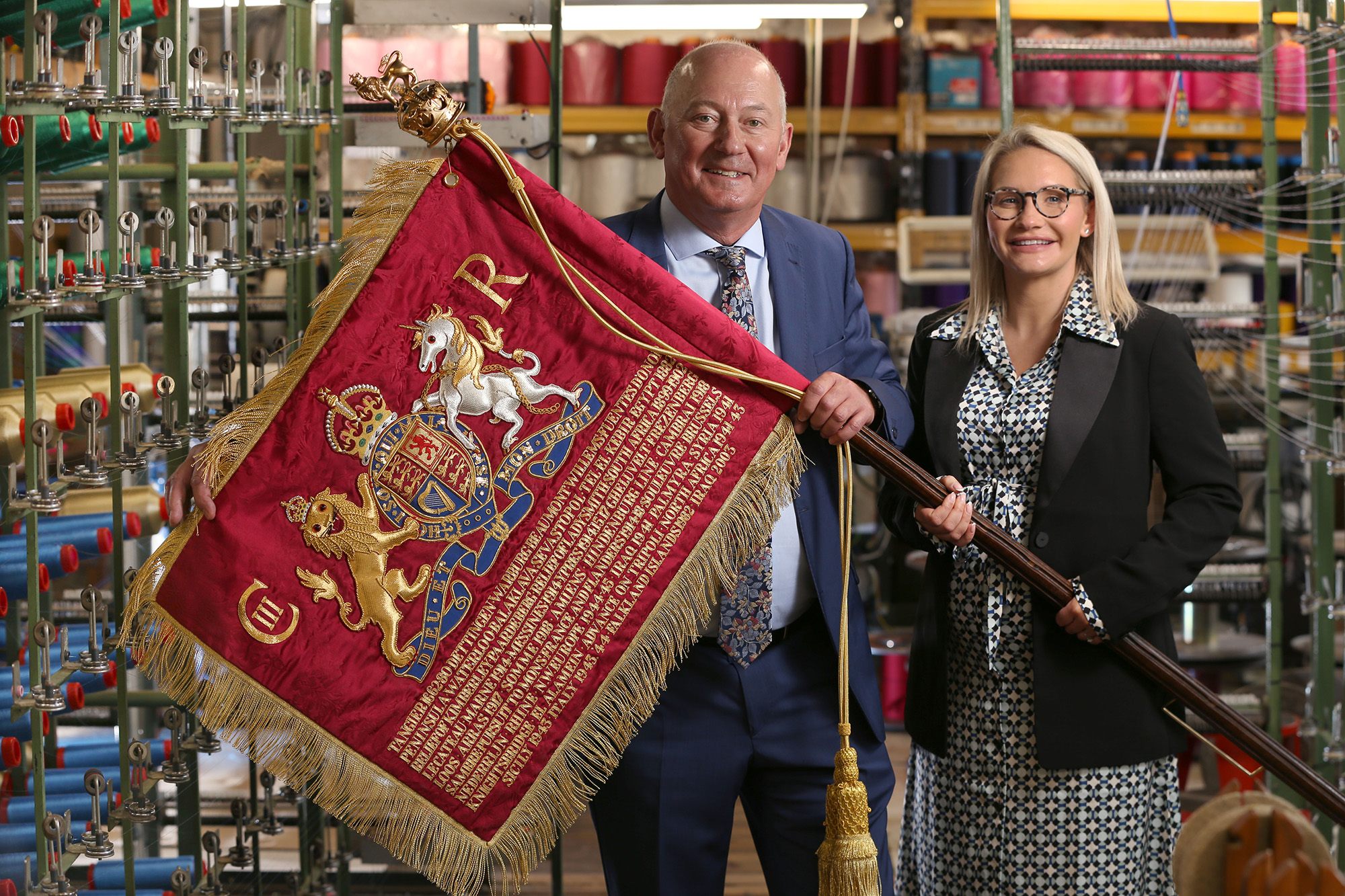A military parade is an organised formation of soldiers who restricted by close-order manoeuvring marching or ‘drilling’. Up until the late 19th century soldiers fought in formation, but in modern times the military parade is now entirely ceremonial. Sometimes a parade is performed to exhibit the military strength of a nation. The oldest and largest military parade in Europe is the Bastille Day Military Parade on the 14th of July in Paris during France’s national day celebrations.
The terminology comes from close order formation combat where soldiers were held in strict formations to maximise their combat effectiveness. Military drills are performed to memorise certain actions, formations and movements. Recruits in modern armies are taught drills to show them how to work as a team while formations are also still used in riot control.
There are four directions used in a parade: the Advance, the Retire, the Left and the Right. The Advance is the primary direction of movement and on a parade square is determined by the position of the flags. The Retire is the opposite of the Advance. As the names would suggest, The Left is to the left of the advance and the Right is to the right of the advance.
Only one person is in charge of the parade at a time. Soldiers have restricted movement during parades and in most stances any movement at all is disallowed. It has been known for soldiers to faint while on parade.
In British Armies there is a specific order of precedence.
• Royal Horse Artillery
• Royal Armoured Corps
• Royal Regiment of Artillery
• Corps of Royal Engineers
• Royal Corps of Signals
• Infantry
• Foot Guards
• Line Infantry
• Rifles
• Special Air Service
• Army Air Corps
• Special Reconnaissance Regiment[2]
• Royal Army Chaplains Department
• Royal Logistic Corps
• Royal Army Medical Corps
• Royal Electrical and Mechanical Engineers
• Adjutant General’s Corps
• Royal Army Veterinary Corps
• Small Arms School Corps
• Royal Army Dental Corps
• Intelligence Corps
• Royal Army Physical Training Corps
• General Service Corps
• Queen Alexandra’s Royal Army Nursing Corps
• Corps of Army Music
• Royal Monmouthshire Royal Engineers (Militia) (Army Reserve)
• Honourable Artillery Company (Although Army Reserve Regiments, they are included in the order of arms Regular Army)[1]
• Remainder of the Army Reserve
• Royal Gibraltar Regiment
• The Royal Bermuda Regiment
Some of the military parades or ceremonial events in the British Military Forces are: Trooping the Colour, Changing of the Guard, Remembrance Sunday, Beating Retreat, State Visits and the Opening of Parliament.
Ceremonial duties and parades are an important part of Army history and tradition. All soldiers who undertake such roles are highly trained and play an important part in military operations worldwide. Ceremonial events take place all over the world but few are as high profile as those that draw tourists to London.
Wyedean stock a variety of Ceremonial items on the website and many of our items can be seen in a military parade; hence our mission statement ‘To appear in every parade.’ To view the range click here.




